How VR lessons increased chemistry test scores by 68 % in a leading Estonian grammar school
Virtual reality, or VR, is taking off in education with an increasing number of schools adopting the technology. Katrin Soika, a Chemistry teacher at Gustav Adolf Grammar School in Tallinn, Estonia tested VR experiences and equipment in her chemistry lessons for her secondary education students. As a result, students showed an average of 68 % improvement in a test taken after learning about the metal oxides during a 30-minute lesson using VR compared to the students who learned the subject with traditional learning methods.
Chemistry is an abstract field and therefore quite difficult to comprehend for students
“As a chemistry teacher, I know that some of my students hate chemistry although I really hope I am able to show the value of chemistry and they would like to come to my lessons”, admits Katrin Soika, a Chemistry teacher at Gustav Adolf Grammar School.
Making chemistry lessons engaging and understandable for students is a great challenge for many teachers who are passionate about their subject. “There are various kinds of chemical reactions that remain so abstract to students making it difficult to understand. As a result, they become bored, disengaged, and usually question why they are learning the topic in the first place”, explains Katrin Soika with 20 years in education.
With VR Chemistry classes students have an opportunity to learn by doing rather than passively reading.
The abstract level of the subject and poor engagement were the main reasons why the chemistry teacher at Gustav Adolf School tried to find more innovative and engaging ways to make knowledge transfer easy, quick, and effective.
When they wanted to put together chemistry lessons on a more visual level the school was lacking the needed materials, lab, and safety equipment. Therefore, Katrin Soika decided to try VR classes for chemistry. Understandably, Katrin was a little hesitant to start experimenting with the Virtual Reality lessons. “At first I was a bit afraid because I didn’t know how to use VR devices in my chemistry classes. Furthermore, how to build up meaningful classes while having 36 students in the class and only 11 Oculus sets to use?”
After testing different approaches, the best results proved to be with group work and paper worksheets. Students with VR headsets were expected to communicate what was going on and solve the worksheets together with the students without the VR sets.
Several studies have revealed that first-hand experience is four times more effective than traditional theory learning. “I believe that we should mix the experience from VR equipment and practical work and this would be effective learning,” admits Katrin.
According to Katrin, virtual reality offered a new attitude to life sciences, which makes it easier for students to understand complicated concepts such as atoms or molecules. With the help of technology, students can see how certain substances react with others at different temperatures or pressures, which helps them to improve their understanding in class or at home when doing homework assignments related to these topics.
“We need to improve the quality of education, and Virtual Reality and Augmented Reality experiences are becoming a key component of STEM education. It’s engaging, realistic, and allows students to experience situations that otherwise would be dangerous or too expensive,” says Katrin enthusiastically about the benefits of virtual reality in education.
68% better chemistry test scores after learning with Virtual reality
With VR education, learners are inspired to discover for themselves. Students have an opportunity to learn by doing rather than passively reading or listening. After the VR chemistry lessons students were surveyed about their experience and the results were significant. The survey revealed that students showed an average of 68 % improvement in a test taken after learning about the metal oxides during a 30-minute lesson using VR compared to the students who learned the subject with traditional learning methods.
“In our conducted survey, 75 % of students stated that chemistry became more interesting for them than it was before and 81% agreed that they would like to continue using VR devices in the lessons”.
Besides improving the tests scores, the school counted other properties that make virtual reality in education so powerful:
- In VR it’s possible to visualize abstract chemical processes during the studies (it is easier to understand abstract chemical processes that are invisible and at the microscopic level).
- VR approach provides more than just a visual representation; it allows students to actually experience chemical reactions first-hand through simulations and experiments.
- VR immersive experience makes learning an active, collaborative process. Students must explain and describe the experience, which increases engagement and communication.
- Personalised approach. VR classes offer the flexibility to hand out models according to students’ needs.
- VR lessons decrease chemistry anxiety among students.
Katrin says one of the best things about using VR is that it has made learning more fun for both students and teachers: “The atmosphere during lessons changes totally when we use virtual reality glasses instead of just looking at diagrams on the blackboard with our eyes only. Now when we go into the classroom with the VR boxes, students are excited and looking forward to my chemistry class”
Twenty-first-century classrooms will be technologically advanced places of learning, with VR technology significantly increasing students’ engagement and learning. VR teaches STEM subjects to secondary school students through gamified experiences in Virtual Reality. Each study module is created with educational experts and is tested for application to the desired learning outcomes. The case study is further proof that students learn better with real-time feedback and in a distraction-free environment where it is fun to experiment.
Taken from an article published by Futuclass
Copyright: Futuclass 2022

